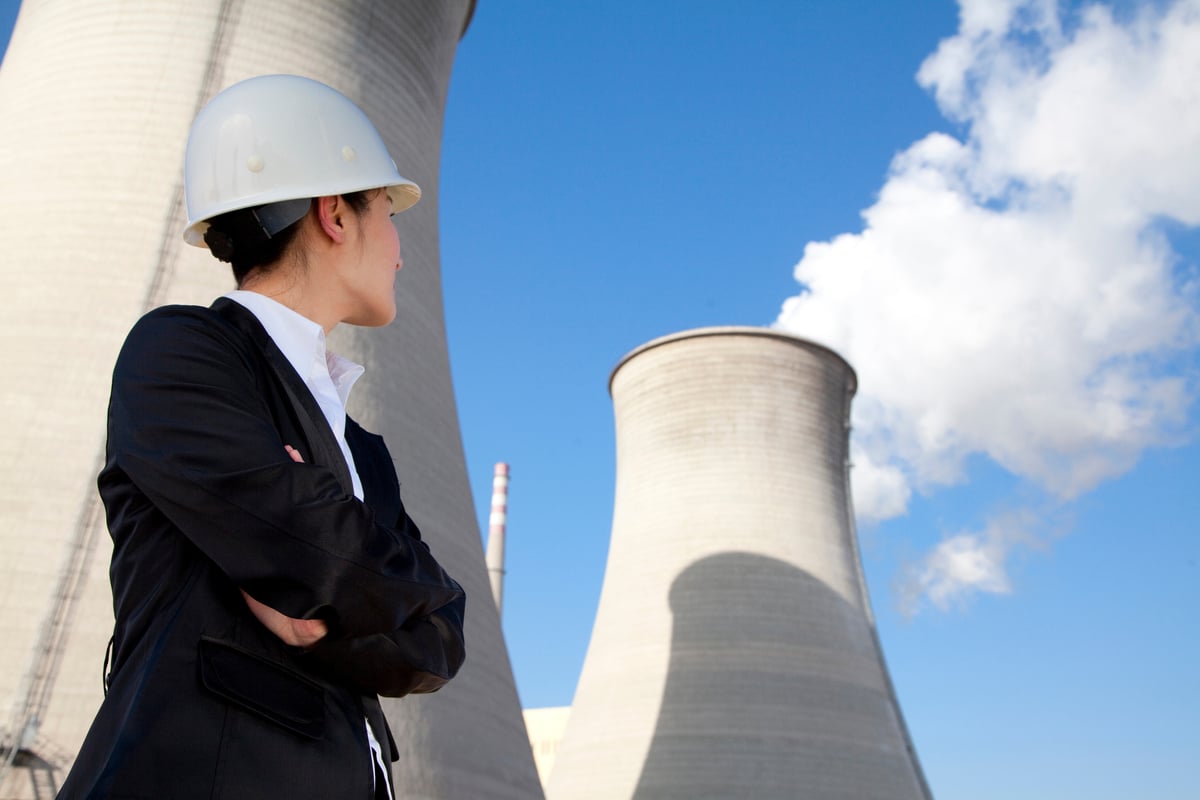Much has been made of the threat cable companies face from consumers cutting the cord -- that is, the cable cord in your living room. But what consumers aren't cutting is the Internet access cord that affords them streaming content. That means cable companies aren't completely losing the customer.
Look out 10 years, though, and a total loss of the consumer is exactly the threat utilities may face. For the past century, electricity and its long path from cradle to grave, didn't receive much thought. Flip the switch, the light comes on, pay the bill.
But as our energy usage habits have increased dramatically (think of all the devices we have today) and electricity rates have increased at a long-term rate well above broader inflation, where our electricity comes from and how we're using it have become focal points for home and business owners.
Over just the past half-decade, solar panels have proliferated, with nearly 200,000 homes and businesses installing solar in the past two years alone. As costs continue to fall, the rate of installations will pick up, which means, odd as it sounds, eroding market share for utilities.
Solar and energy storage today
But for all of those installations, only a tiny fraction have installed any sort of accompanying energy storage devices. That's because battery backup systems have traditionally approached the cost of an entire solar installation, which hampers overall economics -- economics that may already mean a multi-year payback.
So, those homes and businesses lacking any storage capability must still buy power from the utility company during periods when solar panel production is either insufficient or nonexistent.
That could change, though, if advances in energy storage continue. Partnerships like those between SolarCity (SCTY +0.00%) and Tesla Motors (TSLA 0.15%) offer promise -- not only in technological advancement, but in their proven marketing machines that can rapidly increase visibility, adoption, and by extension consumer influence over power markets. Today, the two companies' existing partnership enables SolarCity customers in certain markets to opt for a battery system that amounts to little more than a backup for emergency situations. But with the advances Tesla has driven in lithium-ion battery technology, it's no great leap to imagine a future where solar systems complemented with battery systems become a no-brainer.
Solar, coupled with economical energy storage, will empower consumers to tell their friendly neighborhood utility company "thanks, but no thanks."
How utilities stand to lose
Broadly speaking, utilities generate revenue from one or some combination of three sources: generation, transmission, and distribution. Large utilities such as Duke Energy and Exelon play in all three spaces, while smaller municipal and rural co-op utilities tend to play in one or two.
Irrespective of their size, however, utilities large and small, in one space or three, would feel the squeeze. Less end user demand means less power generated, which means less electricity is transmitted long distances over high-voltage lines, which means less electricity is ultimately distributed to the end user.
Disruption of this multi-billion dollar nature takes time, but we may well be nearing a tipping point.
However, all is not lost for utilities. They have amassed large sums of money and their lobby is proven and powerful. Standing idly by as solar and perhaps other technologies threaten them is not viable. Their actions over the next decade, in policy, in countermeasures, and in investments made, will impact their long-term future.






